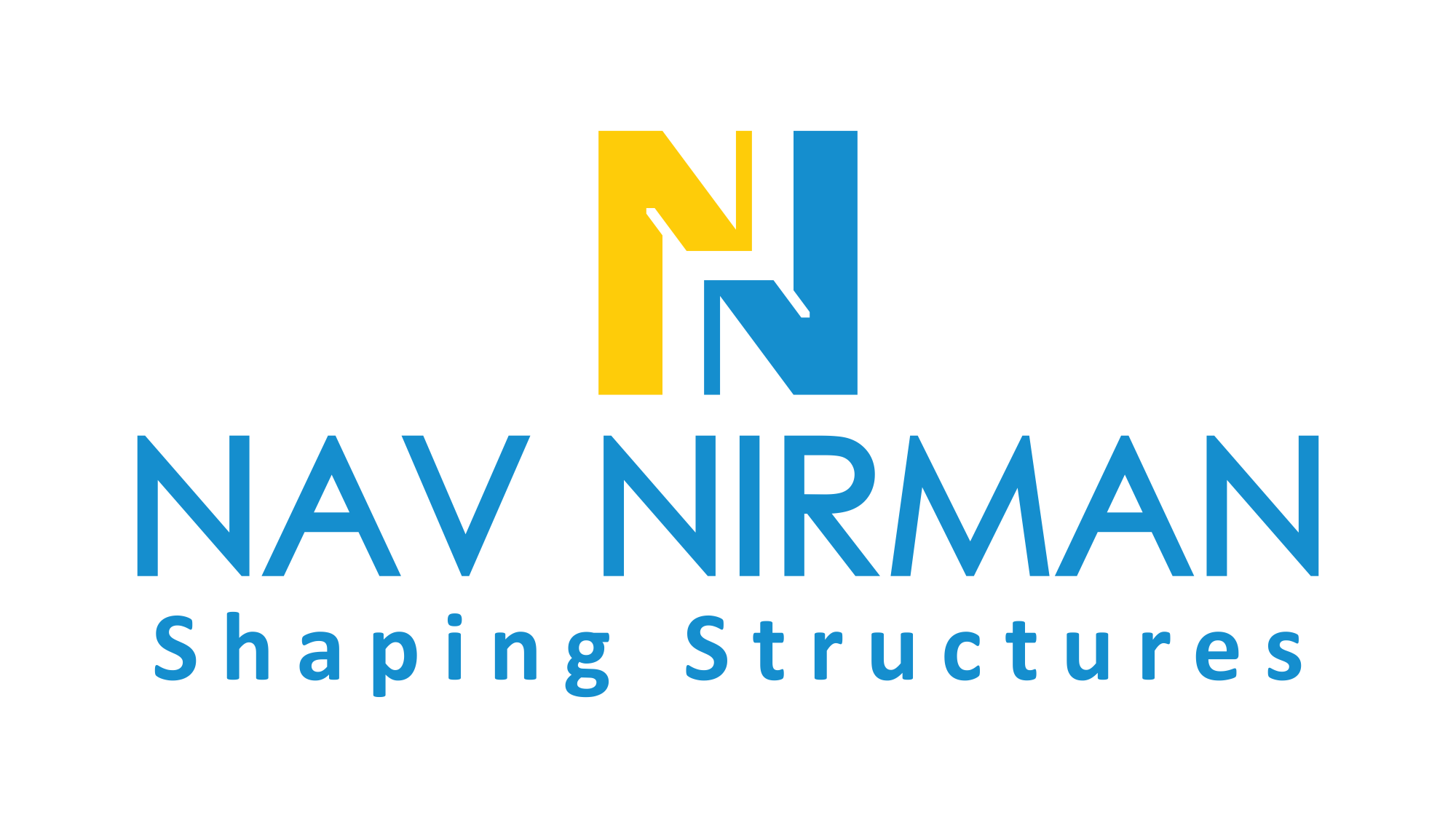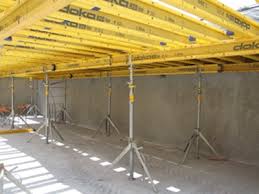In the construction industry, the quality of concrete finishes is a defining factor in determining the durability and aesthetics of a structure. One of the most critical elements influencing this outcome is the formwork system used during the casting process. A well-designed and high-quality formwork system ensures a smooth, defect-free finish, reduces construction time, and enhances structural integrity. This article explores the importance of formwork systems in achieving superior concrete finishes and highlights best practices for optimizing their performance.
What Are Formwork Systems?
Formwork systems are temporary or permanent molds used to hold and shape freshly poured concrete until it gains sufficient strength. These systems can be made from various materials such as timber, steel, aluminum, and plastic, each offering distinct advantages based on the project requirements. Formwork systems are categorized into traditional, modular, and engineered types, providing flexibility and efficiency in modern construction.
The Role of Quality Formwork Systems in Concrete Finishing
1. Achieving a Smooth Surface
A high-quality formwork system minimizes surface imperfections such as honeycombing, air bubbles, and uneven textures. Poorly designed or low-quality formwork systems can cause concrete leakage, leading to rough and patchy finishes that require extensive post-processing work like grinding and plastering.
2. Ensuring Dimensional Accuracy
Precision in concrete structures is crucial, especially for architectural and load-bearing elements. A well-engineered formwork system provides excellent dimensional stability, ensuring that the final structure aligns with the design specifications. This reduces the need for rework, saving both time and resources.
3. Reducing Construction Time and Costs
Quality formwork systems improve efficiency by allowing faster assembly and dismantling, which significantly accelerates construction schedules. Additionally, reusable formwork systems contribute to cost savings by minimizing material wastage and labor expenses. The ability to reuse components across multiple projects further enhances economic benefits.
4. Enhancing Safety on Construction Sites
Safety is a top priority in construction. A robust formwork system ensures that the structure remains stable during concrete placement, preventing collapse or deformation. High-quality formwork systems are designed to withstand significant loads, reducing the risk of accidents and ensuring worker safety.
5. Environmental Sustainability
Sustainable construction practices demand the use of eco-friendly formwork systems that reduce material waste and carbon footprints. Modern formwork systems, such as aluminum and plastic, are highly durable and reusable, making them an environmentally responsible choice for large-scale construction projects.
Best Practices for Optimizing Formwork Systems
1. Selecting the Right Formwork Material
Choosing the appropriate formwork system depends on factors like project size, budget, and required finish quality. For instance:
- Timber formwork is cost-effective but less durable.
- Steel formwork provides excellent durability and a smooth finish.
- Aluminum formwork is lightweight and reusable.
- Plastic formwork is ideal for repetitive applications with consistent results.
2. Proper Formwork Design and Assembly
A well-designed formwork system should provide adequate support, alignment, and load-bearing capacity. Ensuring tight joints, proper bracing, and sufficient support minimizes deformations and improves concrete surface quality.
3. Applying Release Agents Correctly
Using high-quality release agents prevents the concrete from sticking to the formwork system, ensuring a smooth detachment and reducing surface defects. Improper application of release agents can lead to staining and uneven textures.
4. Regular Maintenance and Inspection
Routine inspection and maintenance of formwork systems help detect damages or wear, preventing potential failures. Replacing worn-out components and ensuring proper cleaning extend the lifespan of the formwork system while maintaining quality standards.
5. Optimizing Concrete Pouring Techniques
Even with the best formwork system, poor concrete pouring practices can result in air voids and segregation. Proper vibration techniques and controlled pouring speeds help in achieving a uniform and aesthetically pleasing concrete finish.
Conclusion
The importance of quality formwork systems in achieving superior concrete finishes cannot be overstated. From enhancing surface smoothness and structural accuracy to reducing construction time and promoting safety, a well-designed formwork system plays a crucial role in modern construction. By selecting the right materials, ensuring precise assembly, and following best practices, contractors can optimize formwork systems for long-term efficiency and cost-effectiveness. Investing in advanced formwork systems is a strategic move that ensures high-quality results while aligning with sustainability and safety standards in the construction industry.


